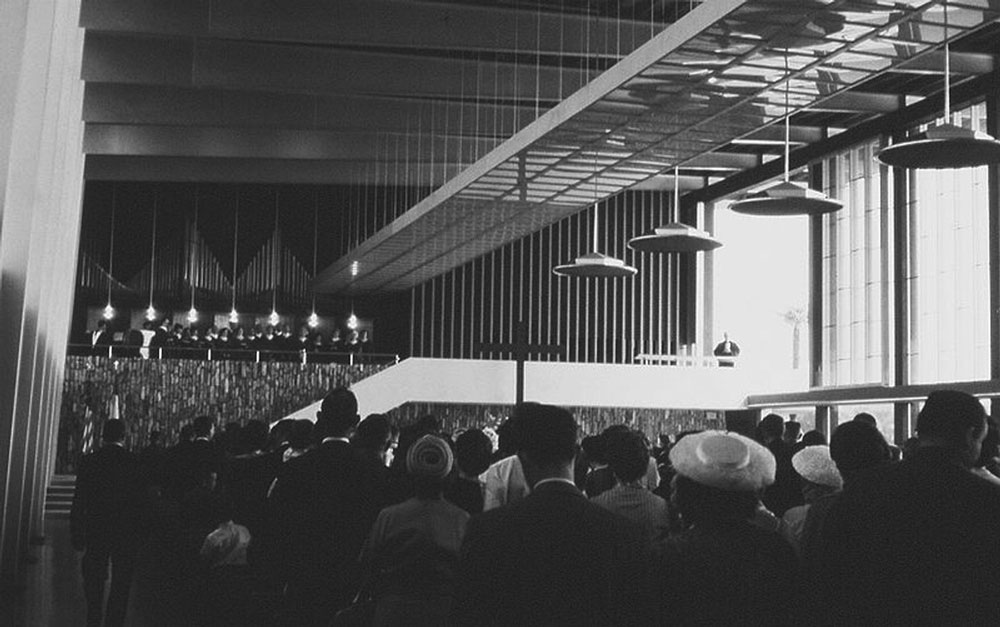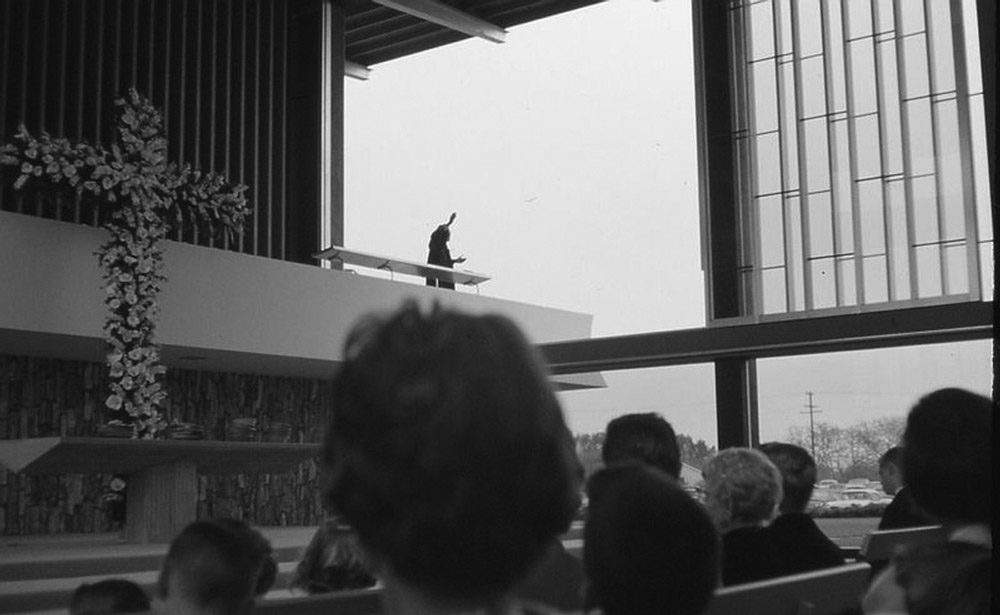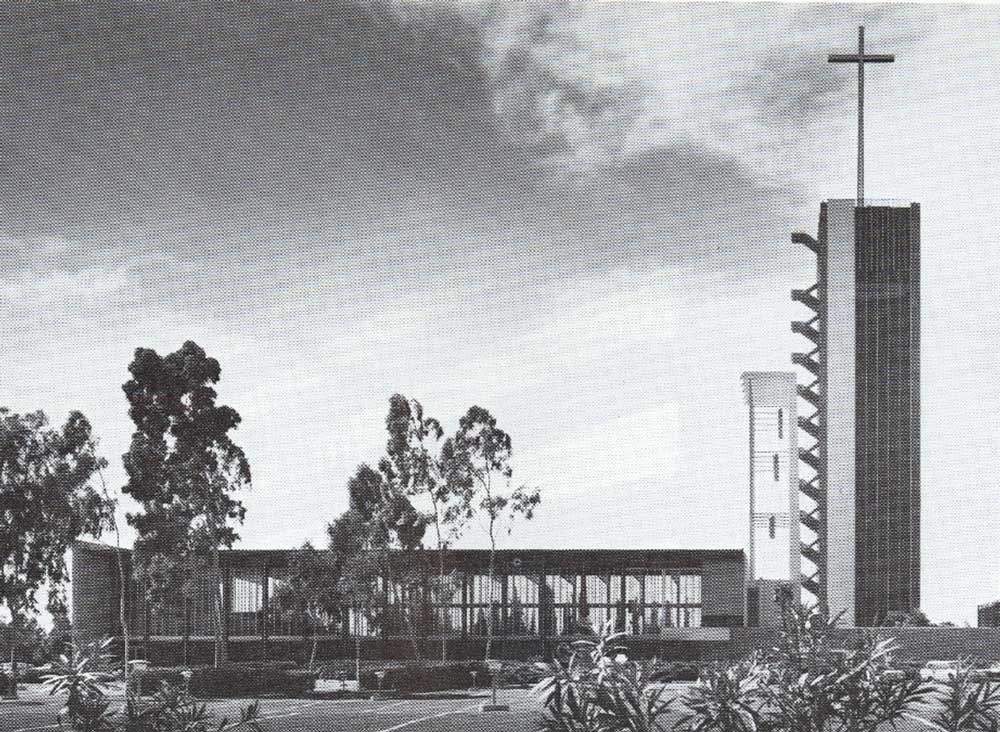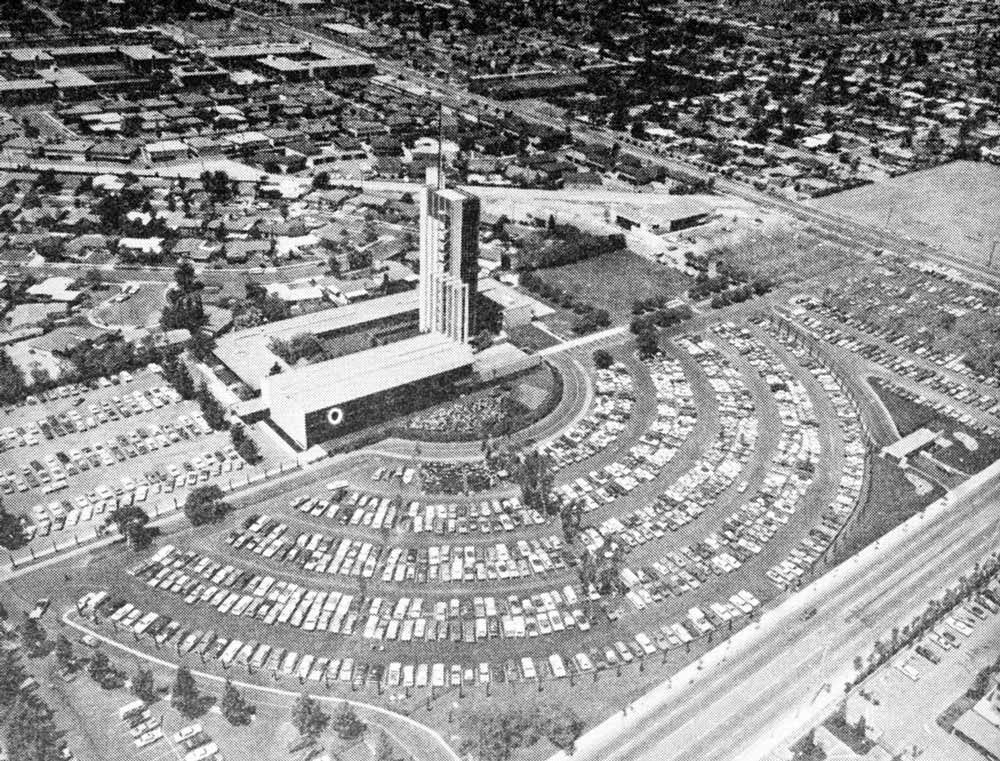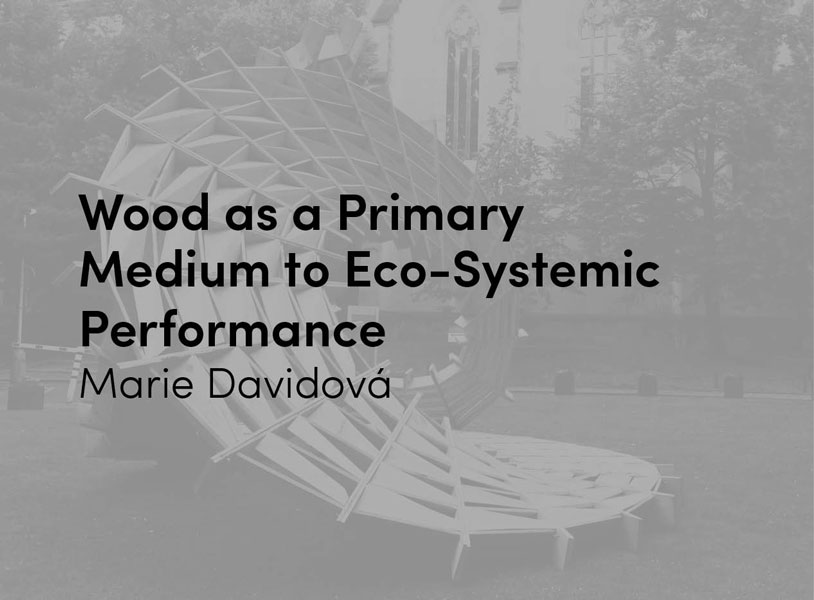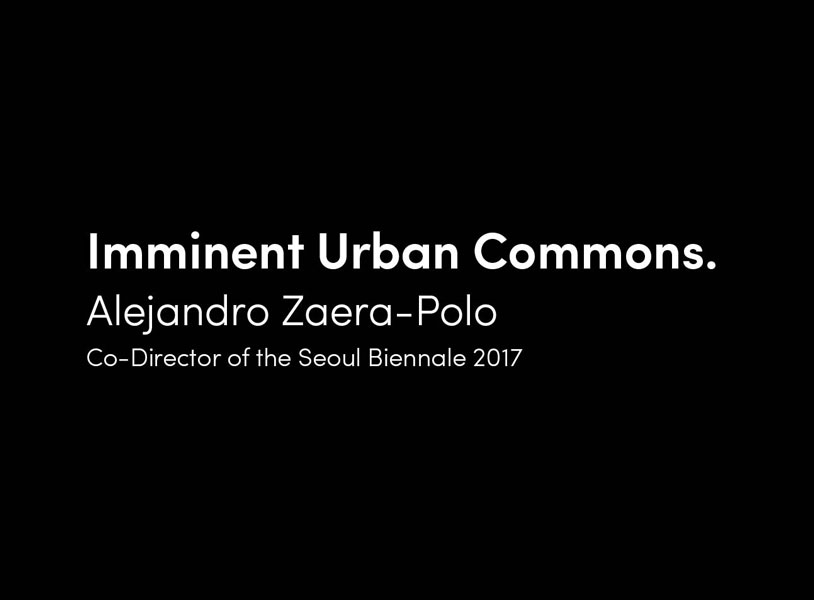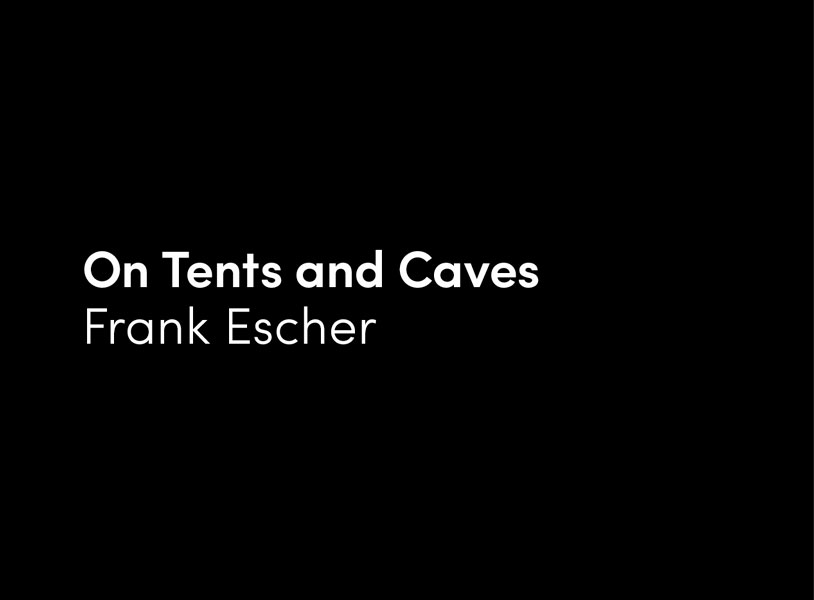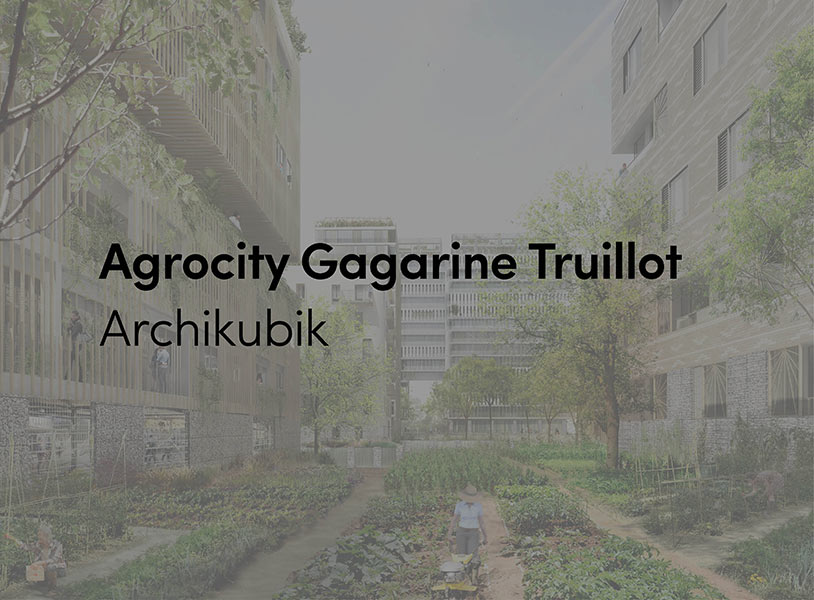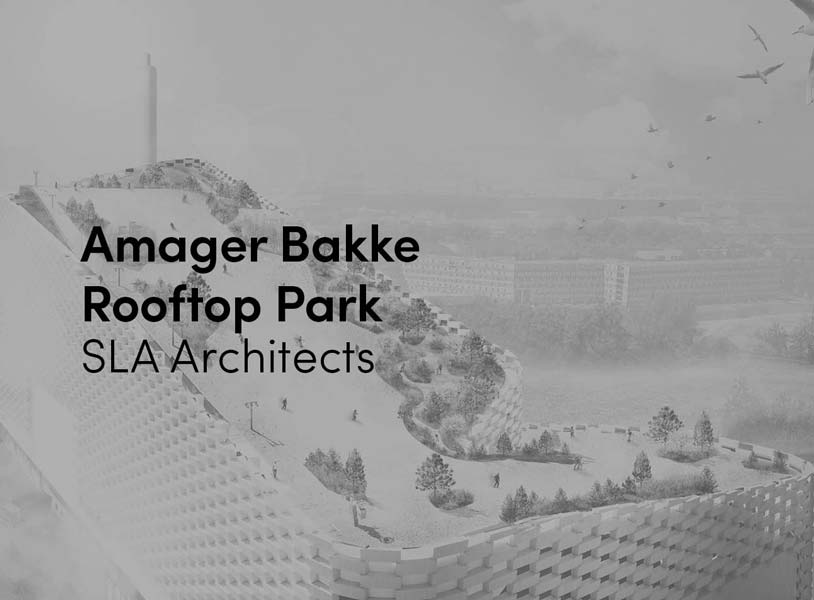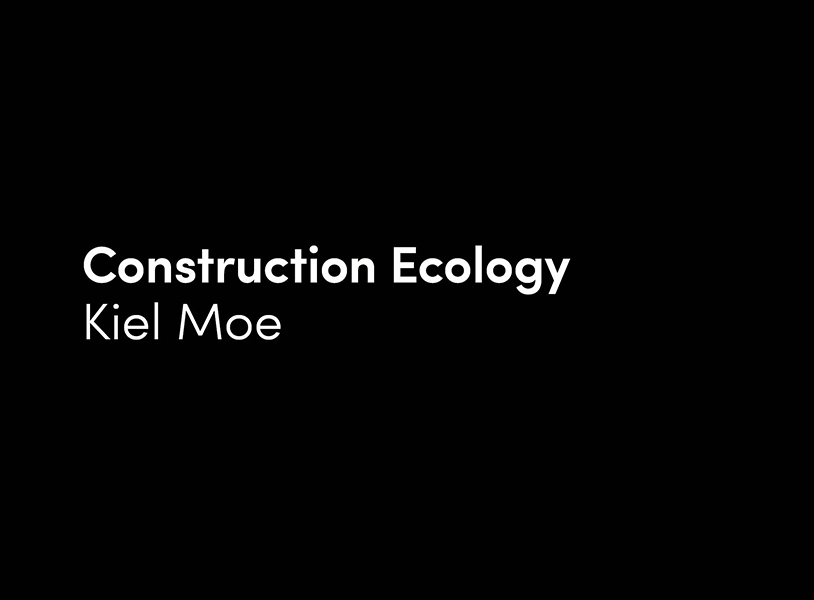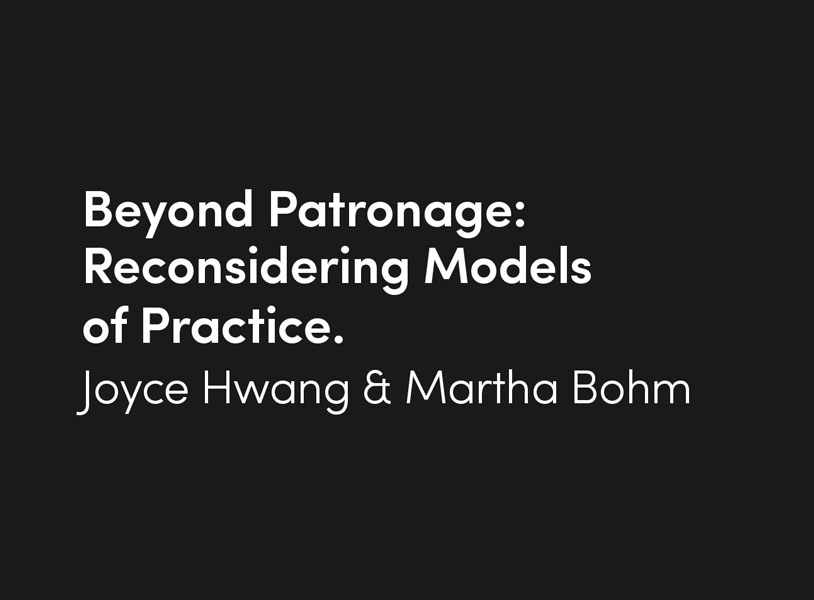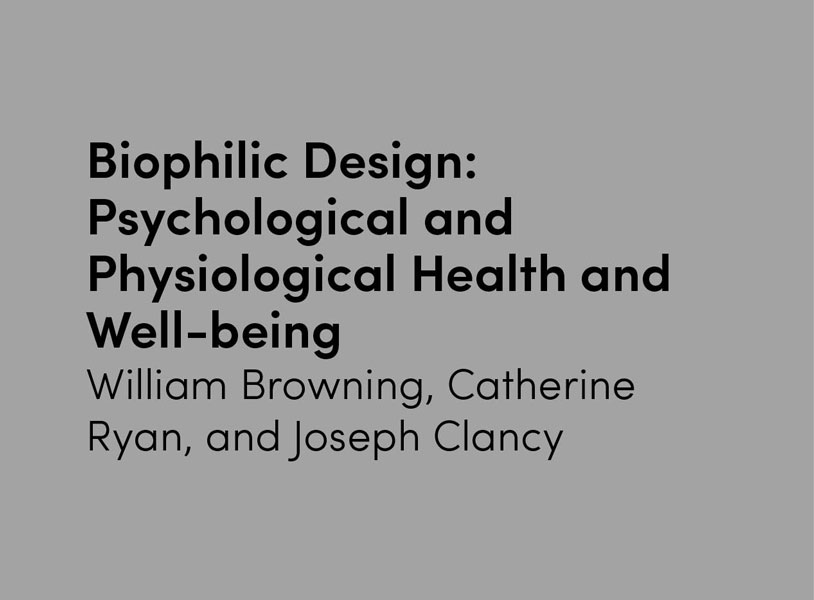The world interior of capital is not an agora or a trade fair beneath the open sky, but rather a hot house that has drawn inwards everything that was once on the outside. The bracing climate of an integral inner world of commodity can be formulated in the notion of a planetary palace of consumption. In this horizontal Babylon, being human becomes a question of spending power, and the meaning of freedom is exposed in the ability to choose between products for the market – or to create such products oneself.1
Peter Sloterdijk
For thousands of years “world interiors” operated as a metaphor to describe a space in which the world revealed to us is “not the real world but only a poor copy of it.”2 In a passage of Phaedo, Plato described the world as a common set of geographically captured territories that evolve beyond limitations in which the “world” is very large. For geographer Robert David Sack, the world is not a matter of scale but one that is distinguished by “two natures.”3 In his book Human Territoriality, Sack describes the first nature as an abstract system of beliefs and values, the second as social geography that includes rules, regulations, and physical structures. He argues that both spheres are not simply things located in space, but are “places set apart and within which authority is exerted and access is controlled. In other words, they are territories.”4
My current work is developing frameworks for understanding Protestant architecture, in terms of its positioning within territories and new aesthetics that result from the territorialization of its spatial manifestations for worship. My analysis challenges established readings of religious architecture as being manifestations that are “multiscalar, territorially differentiated, and morphologically variegated.”5
Through the lens of Evangelist Reverend Robert H. Schuller’s drive-in walk-in church my goal is to demonstrate how his architecture transcended existing geographies long anchored by the epistemology of traditional “religious” architecture. Designed by Richard Neutra, the Garden Grove Community Church is a unique example where the environment the church is part of creates an aesthetic I refer to as “superordinary.”6
This paper examines how Schuller instrumentalized broader imbrications of political contexts to change or manipulate the traditional religious subject. It also presents how Garden Grove reconceptualized “territory” as an evolving ideological dimension, not as a trajectory, or as transitory space, but as an inhabitable third nature. To do so it poses the following questions: how does this meta-geographical dimension shed new light on questions of (traditional) architectural aesthetics in Protestant architecture? What spaces and politics does it produce? Does the third nature have a history of its own?
SUPERORDINARY
For more than half a millennium, or at least since when Leon Battista Alberti and Andrea Palladio designed villas for their patrons, architecture has lost its ability to critically mediate between ethical positions, value systems, and aesthetic formulations. As a result, what was termed “extraordinary architecture” has existed in its own “ghetto of theory.”7 It is a bounded condition where stereotypes, idiosyncratic characterizations, and oxymoronic problematizations of larger, mostly theoretical, subjects only indicate how circumscribed architecture and its discourses are. My account will not attempt to clarify the contested relationships between history (and theory) of architecture, in which “architecture” is subsumed by the “extraordinary” and extends itself through it. Rather, I negotiate new geographies between extraordinary and ordinary, or what I have termed “superordinary,”8 and how––in all of its compelling forms—it appropriated, adopted, or adapted in the social, cultural, and political realms beyond the presumed qualities of the extraordinary.
But, what exactly do I mean by superordinary? Who wants to have the ordinary if they can have something extraordinary? Can the superordinary be defined as the absence of something, or as something without identity, style, or originality? Or is it just the opposite of extraordinary, only at a super-scale?
Superordinary is an oxymoron, in which the super opposes the ordinary. It is “super” beyond “extra,” or the absolute opposite, in which the superordinary determines the superlative of ordinary to its greatest degree in its ontological form. Although the meaning of “ordinary” is something “normal” with no special features, in the context of superordinary, however, they are anything but ordinary.
SOCIAL GEOGRAPHY
In the 1960s such polarities characterized the world in which new cultural sensibilities and social visions formed the “mass consciousness of the modern world.”12 Despite these tensions, the time was also synonymous with the expansion of existing realities in almost every aspect of human life. Expressions such as John Cage’s “Everything we do is music,” Allen Ginsberg’s “Everything is holy!” and Joseph Beuys’ “Everything is art,” conjured an existential optimism in the shadow of the Cold War. In his 1962 manifesto, Absolute Architektur, Austrian architect Hans Hollein criticized architecture as a “ritualistic expression of pure elemental will and sublime purposelessness.”13 Here, he questioned whether, in times of conformism and cultural crisis, architecture had the capacity to extend the means of its own determination beyond built statements. In a later proposal from 1968, Alles ist Architektur, he eliminated any definitions of architecture at all, arguing that it was the truth of everything and was determined only through active processes of social redefinition, which lead to the emergence of an unbounded, undivided realm.
Schuller similarly advanced religion as “everywhere and in everything.”14 His philosophy of “retailing religion”15 appropriated the postwar (urban) territory as an ideal condition to take religion “outside.” While the production of identity in the postwar era assumed many guises across the globe, the burgeoning American middle class was particularly steeped in a postindustrial logic of mass consumerism, which consequently informed every aspect of the built environment.16 Religious architecture in the United States was no exception, and the postwar era found many congregations abandoning traditional iconic landmarks for more ‘recognizable’ structures that blended with the consumer landscape. In anticipation of these changes in the structures and practices of worship, and anxious about the continuing place of religion in a secular landscape, Schuller confronted existing Protestant models by ushering in new religious typologies and challenging perceptions of where (exactly) religion might be located.
GARDEN GROVE EXPERIMENT
Schuller’s endeavor began in 1955 when he first arrived in Southern California from Illinois, where he had, in only five years, successfully grown a church from 38 members into a congregation of over 500. On the heels of this success but with no money, Schuller moved to Orange County where he saw the opportunity to establish a new Reformed church but first used a drive-in movie theater that was vacant on Sunday mornings to serve his purposes. He preached, rain or shine, from the roof of the concession stands, his message delivered via the standard drive-in theater radio attached to the cars. His drive-in service was so popular that by 1959 Schuller had enough funds to build what he called the “Garden Grove experiment”17 and make his dream of a “walk-in, drive-in” church come true.
Inspired by nineteenth-century revivalism and early-twentieth-century modernist visions of mobility, Schuller imagined a church embedded within the secular world without compromising the moral objectives of religious practice. Unlike the nineteenth-century revivalists who relied on camp meetings in the unfamiliar wilderness for the spiritual renewal and change of mindset of the emerging urban population, Schuller familiarized the seeker using modern commodities such as the automobile and television as part of an all-encompassing immersive evangelical experience. His ideas to simplify, and perhaps primitivize the religious environment made him the “most formidable ecclesiastical patron of the postwar period and the first therapeutic rather than fundamentalist evangelist.”18 With a willingness to dematerialize the traditional architectural subject and transform religion into a popular cultural institution, Schuller’s vision changed general perceptions of the Protestant church.
For revivalist preachers “when the people wouldn’t come to church, then the church would have to come to the people.”19 Schuller’s understanding of religion and the secular world, however, was that they were not mutually exclusive, which became most evident in the architecture he envisioned. Schuller’s evangelization sought to update and even overcome traditional forms of symbolic meaning and politics in religious architecture.
Historically, traditional religious architecture was filled with spiritual meanings and philosophical references. The church buildings functioned, more or less successfully, as links between human existence and divine spiritual orders. The architecture served as a formal manifestation of this theological framework in the built environment. Schuller did not neglect this aesthetic as just a representation of subjective projections of a mental state that neutralized, or at least minimized, the boundaries between reality and divine orders, but saw it as a condition, like he saw “sin as condition.” Instead, ideas suspended the traditional dichotomy of form and function that negotiated between the inward and outward desires of a liberated postwar self—between hermetic autonomy and environmental immersion. If religion could be “retailing,” it could potentially be everywhere without being bound to what was understood as a traditional church. Though he certainly advocated valuing the divine over the laws of the market, he did not reject the “commercial aesthetics”20 that came with the rise of capitalism. He sought to extend and integrate his church so as to render it compatible with secular processes, which he aimed to shape.
He claimed that traditionalist leaders were tragically missing the connection between successful, mid-twentieth century “retailing” and church growth. “Much as it may offend many leaders in the Christian church, the truth remains that the parish church is in the business of ‘retailing religion.’”21 Schuller seized upon the idea of “retailing” as a new religious service that would bring “goods and services to the consumer in contrast to wholesaling, which packages products or ideas but doesn’t deal directly with the consumer.”22 In this model, national church headquarters and theological seminaries were “wholesalers,” while the local church was the “retailer.”23
He was also famous for inspirational sermons where he encouraged people to achieve great things through God and to believe in their dreams. His message of “positive thinking” was founded on his belief that dreams are the direct outcome of an unquestioned belief in progress.24 As he wrote in his pamphlet Your Church Has Real Possibilities, “If you can dream it, you can do it!”25 Schuller’s message focused on what he believed to be the positive aspects of the Christian faith. He deliberately avoided condemning people for sin and believed that Jesus “met needs before touting creeds.”26 However, in order to deliver this cheerful message to the people, he knew he needed “inspiring, impressive, and beautiful architecture” that could support his ambitions. Known as the father of the “dreamer-movement”, Schuller was in search of someone who could materialize his vision. His search for the ideal architect led to Richard Neutra, then “perhaps the only architect in California to match Schuller’s ambitions”27 and skilled enough to develop his complex ideas. Neutra and his fame brought additional attention to the church and was integral to Schuller’s marketing and retailing religion strategy.
What began on top of the drive-in snack bar became the image of a humble preacher merged with that of a “heroic movie star silhouetted in a close-up on the big screen.”28 Despite the immanent contradictions between the modest traditions of Protestantism and what Schuller imagined, the opening of the Garden Grove drive-in church in 1961 gave the Christian world a glimpse into the future of modern religious architecture. Transparent glass façades, lush gardens with water features, a car amphitheater, and a summit chapel on top of the tower, signified the beginning of a new era.
A few years later, with the erection of the Tower of Hope in 1968, Neutra completed Schuller’s West Coast Gesamtkunstwerk. The 90-foot tall structure further emphasized Schuller’s claim of expanding into new territory in evangelizing the secular world. He started the first 24-hour live telephone counseling center in America, reachable by dialing N-E-W-H-O-P-E, in keeping with his promise that, “the little chapel in the sky would be a twinkling diamond of hope in the black, night sky at the freeway hub of this great county.”29 The Tower of Hope was Schuller’s symbol-in-space that would transmit Christ to the public by telling them “there is an eye that never closes, there is an ear that is never shut, and there is a heart that never grows cold.”30
His church transmitted a new shining image of Christ to the public and provided a visual pivot for the intensified sensory perceptions of an expanded religious experience conducted over radio waves. By emphasizing physical characteristics such as accessibility and location, Schuller recognized that churches, like businesses, needed to accommodate a steady flow of people, which required surplus parking. “With the development of shopping centers, Americans had become used to the convenience of easy parking. But a look at reality gave evidence that parking wasn’t always easy for churchgoers at ‘superchurches.’”31 In his church, parking was staged as a crucial aspect of his religious practice and of the larger architectural ensemble. In fact, parking was such an integral part of his philosophy that it presented a direct analogy for the extension of his church into the physical and media landscapes, connecting the larger geography with the collective and the self.
For Sunday service, the ritual of opening the large-scale glass sliding doors of his church not only symbolized Schuller stepping out of traditional religious frameworks, but also signified the expansion of new horizons, exemplifying that the inner and the outer world of a church should no longer be accepted as separate realms. The mutual immersion between inside and outside, pews and cars, the self and the body (of the church), all connected by shared radio signals, produced an environment for worship that was at once novel and primal. When Schuller preached to those sitting in the traditionally designed pews and to the worshippers sitting in their cars, he merged both spheres into an undivided realm. Within this choreography, the building, as an extension of Schuller himself, performed as a node in a seemingly infinite world interior.
Henri Lefebvre was interested in transparency as a means to experience the different dimensions and dynamics of the outside and inside. He argued that buildings are not purely architecture, but rather a blend of internal and external expressions, separated by the transparency of the window. Neutra’s design gave Schuller and his congregation a completely new sense of reality, one that came to life through transparency. Informed by the merging of inside and outside, here and now, reality and spiritual reality, Schuller challenged general and traditional notions of interiority as spaces for “inner pre-occupations.”32 Even though the glass façade allowed for communication between the interior and exterior, the exterior of the church, including the garden and the parking lot, was designed to support Schuller’s idea of the extended interior.
The remote interior space of the car became the key element of a new and expanded interiority within a field of permeable transparent membranes signified by the façades and the windshields of cars. But there was also another interior overlapping within Schuller’s philosophy: the world interior of consumerism. Neutra’s design was an expression of a capitalist form that presupposed the enclosure and operationalization of the entire (consumer) territory. Traditional designs have captured these extended processes through marginalization and the remoteness of being enclosed. Neutra’s design, however, shifted the passive role of the congregant-as-viewer to that of an active participant in the processes of religious production: “This apparatus is better, the more consumers it is able to turn into producers––that is, the more readers or spectators into collaborators.”33 The participatory spectacle of church services was not only determined by the charisma of the presenter, but by a collaborative product with a causal relationship between individual and collective agency. Creativity emerged from the audience and the ambience of the performance merged with the stage, which expanded beyond the spatial boundaries of the church and was mediated by traditional images, location, labels, language, and signs.
Visitors to Schuller’s church encountered a composition that gave equal weight to the exterior and the interior through a site plan that organized the auditorium as continuous with the semi-circular fan of the parking lot. The asymmetrical, cantilevered truss system of the glass wall drew the eye away from the normal focus on the altar to the open parking lot. Instead of what would conventionally be a triumphal arch framing the altar’s peripheral vision, it revealed the drive-in audience. The church was embedded in an ensemble of landscape, amphitheater, and movable glass façade that not only expanded the outer into the inner, and the inner into the outer, but also established a visual narrative underlining Schuller’s intentions of an expanded interior that merged the earthly and supernatural requirements of a church.
Framed by a garden, the church and Schuller’s pulpit took center stage and functioned as the vanishing point for all horizontal and vertical lines. While all lines led to Schuller, the central axis was the pathway for walk-in worshippers that led to a small garden in front of the pulpit balcony. Schuller’s image was reflected in a pool just below the pulpit, where twelve water jets symbolized the twelve apostles.
The location of the Garden Grove church and its unique steeple gave Schuller exactly what he was looking for: marketable religion expressed through unique architecture. His decision to open the building’s east wall with a sliding-glass façade so people could see “the world out there”34 instituted a new dimension in sacred architecture, where the sanctuary was no longer divorced from daily life. The building, situated in the middle of a garden, was surrounded by an amphitheater filled with an audience of cars and a Tower of Hope that stood solidly “as a monument in a field of frictionless space.”35
In a conversation with Schuller, Neutra asked “why did the churches ever get into the custom of building structures that obstruct from their view the outside, secular world?” Schuller supposed, “It would come from the concept that God is in the sanctuary or in and around the altar.” Schuller felt enlightened by Neutra’s response, “But Christians sought fellowship with Jesus on the mountaintop, in the out-of-doors. They had experiences with Christ under the open sky and in the sanctuary and on the beach. Then why did Christians develop the kind of church that they did?” Neutra then proceeded to answer his own question:
“In the early days, the Christians were forced underground…In the dark underground caverns, candles were required to give light. Consequently, little children…were raised to have religious experiences in a setting where the world was shut out and only candles flickered. So, when these Christian children became adults and finally emerged into the sunlight … they designed the structures that would recreate what, in their minds and experiences, was a religious mood…The buildings were designed to be dark, with flickering candles on a gloomy altar at the end of the corridor….So, in planning a church, they are unconsciously seeking to impress those who were raised in a church––instead of trying to design a structure that would make an impression on non-churched, secular Americans…Hundred of thousands of churches are designed to stimulate, not the positive emotions of joy and hope that come with the fall of the sunlight in the room; rather they are designed to stimulate the negative emotions of darkness, dreariness and gloom!” Schuller criticized, even felt “painfully sorry,” for pastors who tried to impress modern and unchurched Americans, when the biggest impression they made in their communities was “colored and influenced by an out-of-style, out-of-this-world architecture,” churches which announced: ‘This church is old fashioned, out of date, from bygone generations without any exciting plans for the future.’” Winning people for Christ should be the main emphasis, so if a church’s structure stood in the way of growth, “then remove, remodel or relocate the structure.”36 Schuller believed that the evolution of one’s soul and spiritual life was more significant and beautiful when integrated with the secular world:
“If a sanctuary is designed first of all to impress non-churched people, then it must be remembered that these meaningless symbols only confuse and distract Christians. There are those who argue this point with me. But I know of no one who disagrees with my position on this issue whose church is growing faster than ours! And I have observed that those who quarrel with this position on church architecture and insist on letting it be dark and gloomy, resplendent with all sorts of mysterious symbolism, are themselves pastors of churches that are not for the most part meeting with enormous success of winning and converting the unchurched person.”37
Apart from his modern interpretations of evangelical revivalism, Schuller understood that the ideological separation of secular and traditional religious values created a breeding ground for new religious views. He believed that his philosophy, fostered “the evolution of the soul and spiritual life as more significant and beautiful”38 when integrated with an architectural framework connected to the secular world. This meant the way religion was communicated had to change, and the architecture with it. He wanted to give the impression that going to his church was a form of beauty for everyone, which particularly addressed the secular population who turned their backs on traditional churches.
Beauty is practical as well as desirable. That’s why I could envision the
walk-in, drive-in church being designed so attractively, so beautifully, that
people would be magnetically drawn to it. People run away from ugliness;
people run to beauty. Beauty marshals enormous support. I envisioned
reflecting pools, fountains, and green grass with splashes of flower gardens.
I envisioned award-winning futuristic architecture.39
The increasing popularity of this new and convenient form of religious “service” was part of Schuller’s strategy to establish a characteristic identity for his church. He strongly believed that the unchurched demanded honesty and needed to be impressed with real beauty in a world that was filled with images concentrated on consumer products. In his manifesto, Your Church Has Real Possibilities, he argued that many churches suffer from terrible design judgment:
For example, not a few unchurched people who come into a church
are impressed––negatively––with the phony props that adorn the
auditorium; the artificial lighting; carefully contrived staging; the
sentimental solemn effect. These features are designed to manipulate
a person’s emotions into an unreal religious mood. Non-churched
people see through this. People are impressed by the honesty of the
entire architectural arrangement.40
THIRD NATURE
Schuller’s idea to create “superb” architecture not only sought to change the church’s imaginative and visionary image, but also strove to evoke “honesty” through an architectural expression that “hopefully becomes inconspicuous and nature becomes the center of attention. Consequently one is impressed with the sky, the water, the flowers, the trees and the green grass. All of which means that the structure becomes a vehicle for effective communication.”41 He saw communication as a powerful instrument for marketing his church, “the successful communicator attempted to put every communication objective in positive terms that were designed to stimulate positive emotions in the hearer.”42 He believed that one’s spiritual life could become more meaningful when integrated into an architectural framework that was in constant communication with the secular world. Along with this desire came the yearning to restore harmony between the “mechanical and natural world.”43
Similar to the parables in the Bible, Schuller’s architecture aimed to find equilibrium between what is perceived as the inside and outside, the natural and artificial, and the extraordinary and ordinary. The parables, and the previously mentioned third nature, are a result of Jesus’ teachings and responses to questions asked by people challenging him. In his teachings he never responded with yes or no, here or there, this or that. Rather, his parable, a metaphor drawn from nature and life, arrested “the hearer by its vividness or strangeness, and leaving the mind in sufficient doubt about its precise application to tease it into active thought.”44 Paul Ricoeur describes parables as “the conjunction of a narrative form and a metaphoric process.”45 But they also prompt new thinking and an indirect form of communication intended to open a new avenue of truth, a new nature. Philosopher Søren Kierkegaard argued that indirect communication was important for conveying, “but learning is more than information, especially when people think they already understand.”46
Schuller’s expanded idea for religious worship into the consumer landscape was a direct form of communication to channel a new understanding of reality. He redefined the church, the garden, and the larger ensemble leading to it with a new understanding of aesthetics and relationships. His logic was based on the proportional analogy between the interior and the expanded interior, and how they could form a viable third nature, “If meaning is the value assigned to a set of relations, parables provide new sets of relations that enable us to see in a fresh manner.”47 Schuller’s third nature, like parables, functioned as a lens to see the truth and correct distorted vision––to see what one would otherwise not see.
In times of decentralized suburban cultures and de-regulated religious ecologies, his vision embraced larger cultural geographies and defined new horizons in evangelizing Americans. His infinite production of new images and lifestyles reflected changing cultural paradigms that, in turn, engendered new processes of redefinition and the emergence of a new self as determining factors in how they pass through religion, and how religion passes through architecture.
And, even though he desired to move beyond ideology, Schuller’s church nonetheless fused traditional values with the media of culture and entertainment into a postwar consumer phenomenon that could be characterized as “the cult of the new”48––an obsessive belief that the new is always better than what came before. Probably the most radical aspect of the postwar era, a cultish desire for novelty, was intensified by developments in mass media that blurred the distinction between communion and communication in an already very dense world interior.
In order to sustain the success of his church, Schuller needed to position it squarely upon the screens where political and religious campaigns battled for the attention of American families. The American home––a place “where a man could display his success through the accumulation of new consumer goods”49––created the ideal ground for Schuller’s operations. It was where Schuller perfected his “sales strategy” for religion by packaging sermon together with architecture and new consumer-oriented services. The first episode of Schuller’s weekly Hour of Power would air in 1970, leveraging architecture as an instrument of a nascent televangelism that would come to define the image of Protestant worship in a secular media landscape. In the immediate postwar era, the seemingly infinite production of new images and means of representation reflected changing cultural paradigms, which in turn engendered new processes of “redefinition and [the] emergence of a new self and a medium of expression that expanded the field.”50 Schuller’s vision of the spatial mobility of the Word coincided with these processes and generated a new topological diffusion for evangelicals with multiplied connections, from the parking lot to the home, the city, the region, and the third nature. As much as his church is a provocation to speculate on what world interiors actually are, it is also a solicitation to think through what they are not. Robert Schuller’s desire to develop a new architectural framework in which the self could interlock with the larger geography marked a new chapter in the evolution of evangelical performances and their architectural settings.





